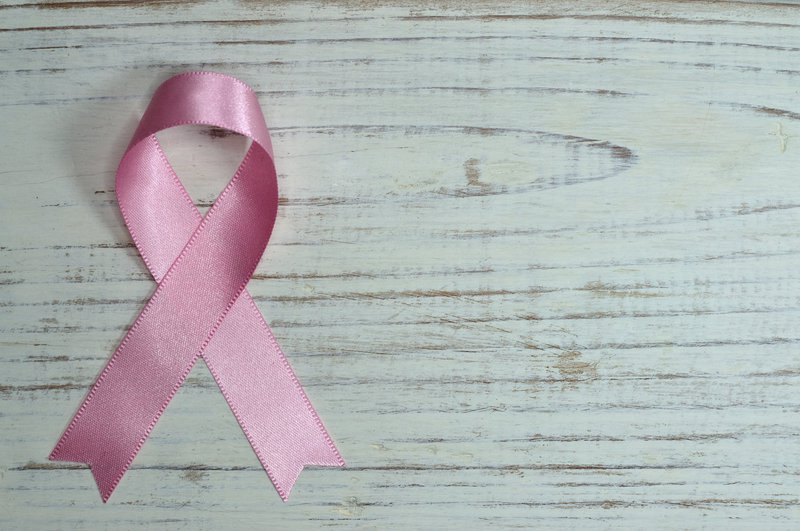Troubling increase of cancer cases in Mexico and Latin America
Updated | By AFP
Most recent global data indicate that the number of cases and deaths caused by the disease will grow in the region in a faster pace than the average. In the country, the increase will be even bigger.

Different sectors alert point to the need of action in order to increase access to cancer treatment. Better infrastructure, more financing, human resources and availability of treatment are the most mentioned solutions.
Every two minutes, five persons are diagnosed with cancer in Latin America. The region has 1,4 million new cases per year and the disease keeps increasing. In September 2018, the International Agency for Research on Cancer (IARC), linked to the World Health Organization (WHO), updated the Global Cancer Observatory and the picture for the future is alarming: the incidence of the disease must grow 63% in the world until 2040, and the number of deaths should increase by 71,5%.
In developing areas, like Latin America, where early diagnostic and the access to treatment are more difficult, the outlook is even worse: the number of cases must leap 73% in the next 21 years, getting close to 2,5 millions a year, and the deaths will virtually double, achieving the mark of 1,3 deaths a year.
At the same time, the access to health care in the region faces serious problems: according to a study published in The Lancet, more than 156 million people die every year due to the lack of access to health services. The growing need of attention faces fragmented health systems, lacking infrastructure, human resources, diagnostic, treatment and financing.
In Mexico, Globocan 2018 expectations is that the number of cases leap from the current 190,667 a year to 359.420 until 2040, which will represent an increase of 88,6%, a very worse panorama that what is predicted to the world and also to America Latina. The number of deaths will increase even more, 107,6%. Currently, there are 83,476 deaths caused by the disease each year in the country, but this number must leap to 172,961 by 2040, according to IARC.
In the last few years, the country made some important progress and fight against cancer, such as the institution of a popular health insurance, in 2003, the creation of the National Strategy for Prevention and Control of Overweight, Obesity and Diabetes of high profile, which includes not only the promotion of health, but also led to higher taxes over sweet drinks, the expansion of registers of the disease and investment on the training of professionals, which led to an increase in the number of oncologists in the country between 2012 and 2014. Even though, the challenges are enormous, proportional to the country’s size, which has around 130 million inhabitants and is the second most populous of Latin America, behind of only Brazil.
“We are taking measures to hold the implementation of a National Plan for Cancer Control focused on the person as the main guide to a national politics. We started with the National Cancer Register, which was approved by the Congress last year, an initiative promoted in collaboration with organizers of the civil society (NGOs), health care professionals and authorities”, says the general director the Foundation for Promotion and Development Teresa de Jesus (Futeje, in the original language), Francisco Freyría. Futeje is present in 28 of the 32 states of Mexico and was the founder of the movement “All against cancer”.
Freyría complements by saying that a solid database is the first step to an implementation of a National Program Against Cancer which involve both the public and private sectors in a group of actions from basic health care to palliative care, going through research, treatment and financing. Currently, the popular health system covers more than 90% of the population, but there are still flaws in the coverage. Lung, stomach and liver tumours are, respectively, the fifth, sixth and seventh of bigger incidence, are not covered, and the patients must “bear the catastrophic costs” in order to be treated.
The diagnostic is also difficult. Even with the significant increase in the number of specialists in the last year, Mexico still has 420 new cases per oncologist per year. In Uruguay, that has the best indicator of the region, there are 111 new cases per oncologist per year. “The service is not good”, summarizes Minerva Guzmán, who lost her husband because of cancer. When he got the right diagnostic for the disease, 95% of his intestines were already compromised. “Had been more information, people would live longer”, she regrets.
For other types of tumour, the difficult for an early diagnostic repeats itself.
In the case of breast cancer, for example, only 10% of the women receive a diagnostic while the disease is still in the first stage, according to the According to data from the Latin America Cancer Control Scorecard (LACCS), published by The Economist Intelligence Unit 2017. The waiting time between the first appointment and the beginning of the treatment to breast tumours is of around seven months.
Show's Stories
-
LISTEN: Rob Forbes shares a controversial opinion
Here's everything you missed this week on The Drive with Rob and Roz!
The Drive with Rob & Roz 13 hours ago -
LOOK: 58-year-old man shocks world with incredible looks
You have to see it to believe it!
The Drive with Rob & Roz 14 hours ago